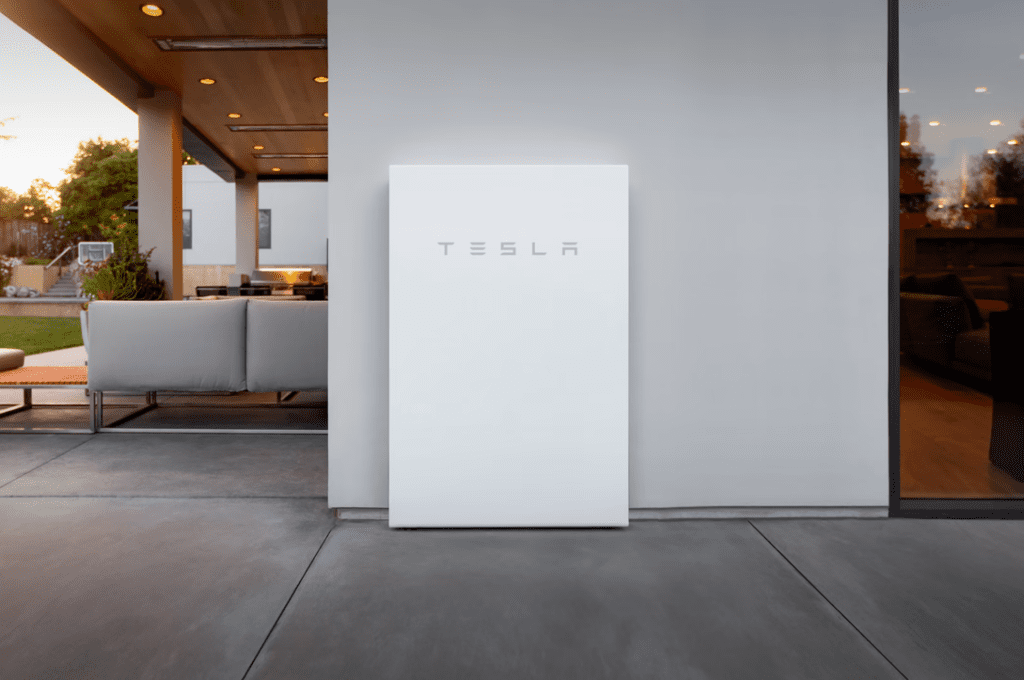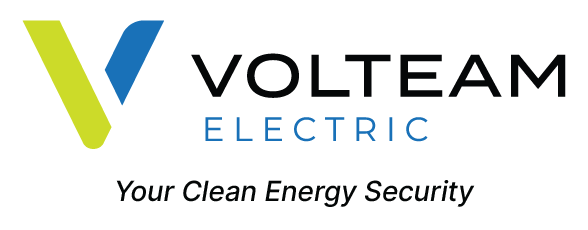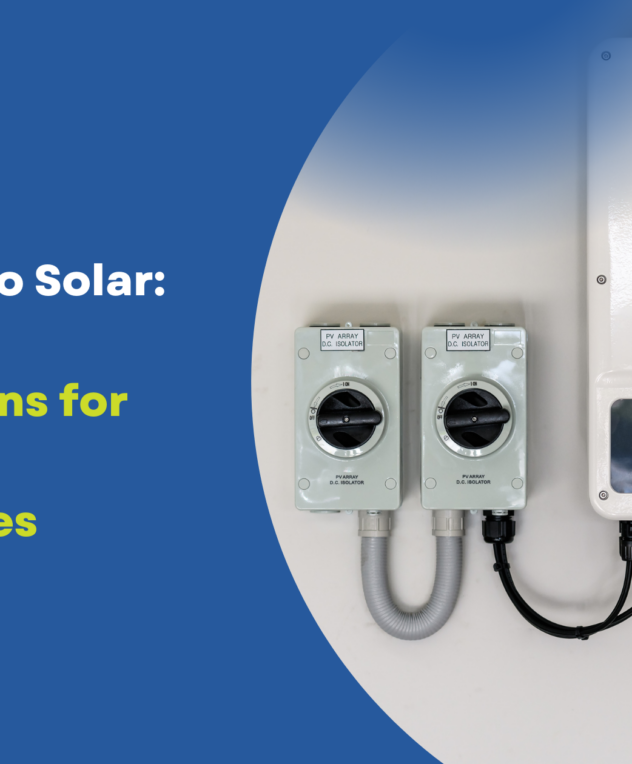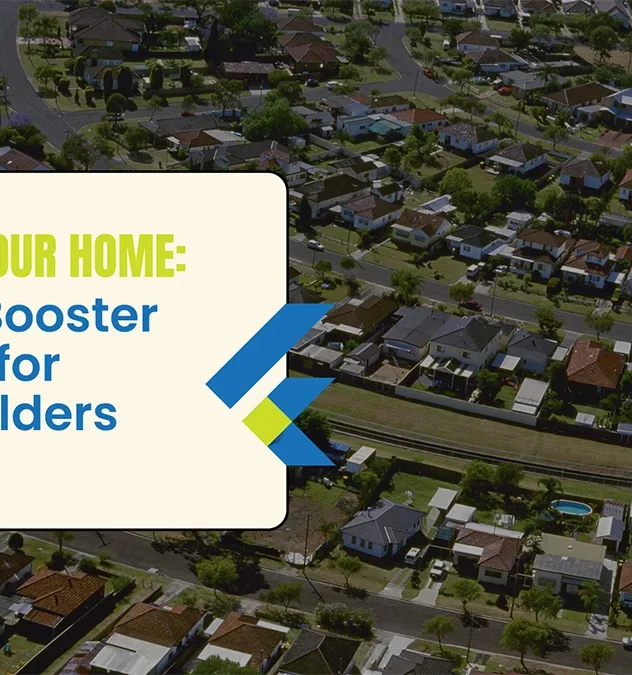
How to Choose the Right Solar Battery for your Property
Choosing between the best solar batteries in Australia makes a great deal of sense if the goal is to maximise the benefits of your solar setup. When you use the power that comes from solar – not from the grid – to keep your devices and appliances sustainably fuelled, you’re effectively saving money on electricity.
But what about at night when the sun isn’t shining? Well, solar batteries will keep the sun shining for you, in a way. When your solar panels generate excess energy during the day, a solar battery serves as the storage where unused solar power is kept. You can then use it at night when the sun isn’t on the rise, further reducing your reliance on the grid.
Fortunately, such technology continues to evolve, making it more accessible now more than ever. Here, we discuss important factors to consider when choosing the perfect storage and some of the most efficient solar batteries in the market to choose from.
Things to consider when choosing a battery
If you believe that a solar battery is right for your household, here are key factors to consider when choosing which storage system to buy.
Battery capacity
Measured in kilowatt-hours (kWh), battery capacity refers to the energy quantity a battery can take. The heftier the capacity, the longer you can use your battery as backup power at night or during a blackout. Tesla Energy’s Powerwall, for instance, offers a capacity of 13.5kWh.
Power rating
Using multiple appliances at the same time naturally consumes greater energy. To determine how many appliances you can use simultaneously with solar, you’ll need to be aware of your battery’s power rating.
The maximum amount of power that a battery can provide to power your home over a very short period is called the “peak power output”, while the amount of power the battery can generate for a sustained period is called the “maximum continuous power output”.
Warranty
Manufacturers typically offer warranties that last 5 to 15 years. To ensure you’re getting the best bang for your buck, consider the warranty together with the expected lifespan of the battery you’re eyeing to purchase.
Charge and discharge cycles
Charge and discharge cycles in solar batteries refer to the number of times they can be charged and discharged before ultimately losing capacity. Most batteries are made from lithium ion due to their much longer battery life.
On the other hand, the use of lithium iron phosphate is also on the rise thanks to their increased safety and stability. Both are efficient and reliable options, nevertheless.
Depth of discharge
Delving into solar energy storage, you’ll also come across the concept of the Depth of Discharge (DoD). This information is crucial because it helps you determine how much energy can be safely used from a battery prior to it being recharged.
DoD, basically, is the percentage of the battery’s capacity that can be used before recharging. Fortunately, most solar storage nowadays are lithium-ion batteries, best known for their high DoD capacities. This means you’re allowed to use a larger portion of their capacity without compromising their lifespan.
Efficiency and performance
Batteries with higher efficiency translate to better performance because they waste less energy. Battery efficiency represents the amount of energy lost during charging and recharging. For the typically favoured lithium-ion batteries, it is recommended to search for options with efficiency ratings of 90% or above.
Smart features
With the continuing innovation of solar technology, it’s not a surprise that many solar battery systems now have smart features. These are vital for convenience and better control of your home energy system. Their purpose is to enable remote monitoring and home energy management systems accessible. Other systems are even accessible via smartphone apps.
Best Solar Batteries in Australia to consider
The best solar batteries in Australia are those that have high capacity, efficiency, and scalability – an excellent performance overall. They should also utilise Lithium Iron Phosphate technology to ensure greater safety, extended lifespan, and better stability. Of course, compatibility with any existing solar system is ideal, in addition to affordable pricing and commendable customer support.
We round up top-performing solar battery brands that possess the aforementioned qualities:
Tesla Energy’s Powerwall
Each of Tesla’s Powerwall offers 13.5kWh energy capacity. The newer Powerwall 3, meanwhile, stand out by having a built-in inverter and a solar-to-grid efficiency of 97.5%. These specs alone are proof of Powerwall’s guaranteed performance and durability. Find out more about the Tesla Powerwall features here.

Every Powerwall also includes a 10-year warranty. Plus, real time insights into your battery usage and performance is so much easier with the Tesla app, which also powers an assortment of smart features you’ll find extremely handy, such as the Storm Watch.
It’s worth noting that while earlier versions of Powerwall use lithium-ion battery technology, specifically the Lithium Manganese Cobalt Oxide (NMC) battery chemistry, Tesla’s newest Powerwall 3 utilises lithium iron phosphate for improved safety and longevity.
Sungrow SBR
Sungrow is a value for money solar battery, standing out for its performance and affordability. It offers a 10-year warranty for its lithium iron phosphate batteries, as well as several safety features to protect your battery against nasty issues like overcharging, over-discharging, short circuits, and overheating.

The Sungrow SBR 9.6kWh system, in particular, has been proven suitable for many residential applications.
BYD (Build Your Dreams)
One of the most reliable solar batteries on the market (which also offers the industry standard 10-year warranty), BYD has been consistent in demonstrating superior performance. One key factor that makes BYD stand out is its adoption of the Lithium Iron Phosphate technology, increasing charge and discharge cycles to achieve less degradation and longer lifespan.
Since BYD solar batteries are designed for floor mounting, their installation can be easily carried out. Their flexibility to be expanded should you need bigger battery storage is also commendable; homeowners have the option to expand their battery storage size whenever they want by adding HVM/HVS modules or parallel HVM/HVS stacks.
LG Residential Energy Storage Unit (RESU)
Despite the company leaving the solar panel business for good, its energy storage solutions are still in operation and remain to be a vital part of their continuous efforts in the development of renewable energy solutions.
A popular option in Australia, LG Energy Solution offers lithium-ion batteries with capacities ranging from 9.6kWh to 16kWh. Flexibility-wise, LG’s RESU models are scalable so you can affix them together to build a larger energy storage system. Newer versions are also more compact and lightweight for an easier installation process.
Combining its high-energy battery chemistry, hassle-free installation, a 10-year warranty, and a long history in battery manufacturing, it’s no surprise that LG RESU solar batteries are still highly regarded even with the increasingly crowded energy storage landscape.
Solar battery installation by Volteam
Volteam Electric’s solar solutions include the installation of efficient home battery storage systems for your existing or new solar setup. With our proven track record, quality products from reputable manufacturers, tailored installations and scalable systems, not to mention our team of CEC-accredited installers and electrical technicians, we devote our expertise and experience to support Queensland’s adoption of solar power.
Considering adding a solar battery to your solar system? Call us today to get acquainted with the best solar batteries in Australia and find out which one will suit your needs and budget.
about the author

Marcin Hernik
Marcin Hernik is the Managing Director at Volteam Electric Pty Ltd, leveraging his expertise honed from TAFE Queensland's Electrical and Electronics Engineering, following his graduation from the University of Technology and Humanities in Radom. His career is marked by a commitment to excellence in electrical engineering and leadership in the industry.








